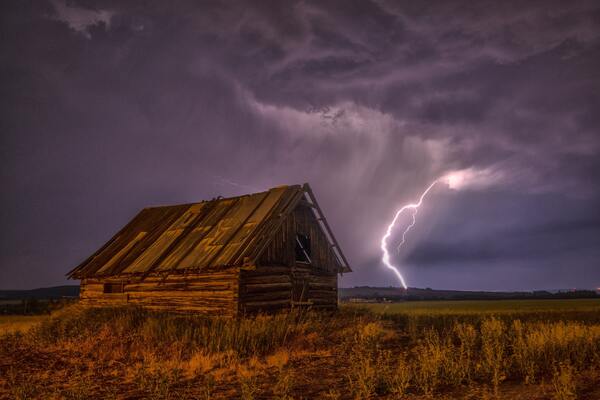Assigning Lightning Seasons to Different Regions in the United States
(1) Summit High School, Summit, New Jersey
https://doi.org/10.59720/19-077
Climate change is predicted to increase the frequency of severe thunderstorm events in coming years (1). Severe thunderstorms are often accompanied by lightning, which causes an average of 243 injuries and 27 deaths per year in the United States (US) alone (2). With these predicted increases in lightning events, it is important to understand and practice safety during severe thunderstorms. We examined severe thunderstorm data from the National Oceanic and Atmospheric (NOAA) database in seven states in the US (Colorado, Florida, Maine, Minnesota, New Jersey, Washington and West Virginia) to characterize lightning seasons over three years (2000, 2008, and 2017). We hypothesized that (i) the majority of severe thunderstorm events will occur in the summer months in all states examined for all years analyzed, (ii) climate change will cause an unusual number of severe thunderstorm events in winter months in all states, (iii) thundersnow would be observed in Colorado, and (iv.) there would be no difference in the number of severe thunderstorm events between states in any given year examined. We were able to classify lightning seasons in all states observed, with the most severe thunderstorm events occurring in May, June, July, and August. Colorado, New Jersey, Washington, and West Virginia were found to have severe thunderstorm events in the winter, which could be explained by increased winter storms due to climate change (1). Overall, it is important to quantify when lightning seasons occur to avoid lightning-related injuries or death.
This article has been tagged with: